You’ve probably seen the scary statistic that sun exposure is responsible for 90% of skin damage. We’re not here to add to the panic. Rather, we want to empower you with all the information you need to enjoy your summer and soak up the sun responsibly. We’re going to show you how to prevent and treat sunburn like an expert. Are you ready?
In this post, we’ll be covering:
Your Sunscreen Fact Sheet
Separate fact from fiction with our 10 truth bombs about your skin and the sun. These 9 points will help you prevent sunburn and sun damage like an expert.
In fact, according to the FDA, “waterproof” and “sweatproof” are impossible claims. That said, most brands are water-resistant. So, what’s the difference? Once exposed to water or sweat, you can trust sunscreens labelled as water-resistant to protect your skin from the sun for either 40 or 80 minutes, i.e. a limited time period.
Good news for sun-worshipers: Using sunscreen won’t stop you from tanning! This is because exposure to the sun, even through a sunscreen, still causes the skin to produce melanin, i.e. to darken. The good news doesn’t end there. While it will take longer to see results, your tan will last longer as well. So, you’ll maintain your glow long after your holiday is over!
We don’t mean to throw shade (get it?) but if you think that sitting under an umbrella means you don’t have to wear sunscreen, then you’re sadly mistaken. This is because the sun doesn’t only get to us from above. It’s also reflective, meaning that it has the ability to bounce off surfaces (like sand and even snow) and as a result, just as easily reach us from below.
SPF is a (rough) guide to how well a sunscreen will protect your skin from harmful UVB rays.
Here’s how to calculate it:
- How long does it take for your skin (unprotected) to start burning?
- Multiply that number (in minutes) by the SPF rating given to the product you’re using.
- g. If you usually burn after 5 minutes of unprotected sun exposure and you’re wearing SPF 15, then you’ll get 75 minutes of protection.
We say “rough” because it really depends on a number of factors:
- Skin type.
- Amount applied.
- Intensity of sunlight and UV rating.
A surprising SPF fact is that factor 15 protects you from 93% of UVB rays, factor 30 from 97% and factor 50 from 98% – that’s only 1% more! Proof that the SPF scale isn’t linear and that really high factors are misleading because they can give us a false sense of protection.
Typically, we recommend using within 6 months of opening. Check the expiration date before using to be safe. The same rule can and should be applied to all cosmetics.
That said, our preferred method of protection for children younger than 6 months is simply covering up. Think hats, Babiators, long tops and pants. For children 6 months and older, we recommend using sunscreen specifically formulated for their thinner, more absorbent and sensitive skin.
Here are our child-safe sunscreen recommendations:
Thankfully, most reputable sunscreen manufacturers now compile their ingredient lists with mineral blockers that minimise the chance of leaving a white residue.
Here are our picks for sunscreens containing mineral reflectors (with none of the embarrassing white leftovers):
UVB rays burn the superficial layer of your skin and can be a key contributing factor to the development of skin cancer. UVA rays penetrate your skin’s deepest layer and exposure can lead to premature skin ageing. The good news is, if a sunscreen passes the FDA’s Broad-Spectrum test, it will protect your skin from both UVB and UVA rays. So always look out for sun care products with Broad Spectrum on the label!
As long as you’re pedantic about rubbing the product in evenly and covering the exposed area in its entirety.
Your Sunscreen Cheat Sheet
Here’s everything you ever wanted to know: The What, How, Where and When of sun protection.
- How much sunscreen should you be using? 1 teaspoon of product for each part of your body should do the trick.
- Don’t forget your neck and chest! They’re extra delicate. The same goes for your hands, ears and eyelids.
- When it comes to sunscreen, once is never enough. At the very least, you should be reapplying every 2 hours.
- Swimming, exercising and sweating are all factors that affect the longevity of protection.
- Avoid the sun completely during peak UV index hours, i.e. from 11 a.m. to 3 p.m.
- Be prepared: There’s nothing worse than being caught outdoors without sun protection. That’s why we never go anywhere without a travel-friendly tube of sunscreen.
- Choose sunglasses with UV coating or UV protection lenses. That’s right, the sun can cause damage to your eyes and your vision.
- Let’s recap the 5 basic skin types: Normal, oily, sensitive, combination and dry. You wouldn’t choose a moisturiser that’s formulated for normal skin if you know your skin’s sensitive, so why should your sunscreen be any different?
- The sweet spot to apply your sunscreen is after your moisturiser and before your makeup. So, your typical morning skin regime should look something like this:
- Cleanse
- Tone
- Serum
- Moisturiser
- Sunscreen
Your Dream Sunscreen
Unsure of what to look for in a sunscreen? As usual, we’ve got you covered.
Our checklist of non-negotiables:
- The term “Broad Spectrum” should be clearly marked on the product.
- Go for SPF 30 or higher.
- Look for at least one of these active ingredients:
- Zinc Oxide (5% or more) with Octocrylene.
- Titanium Dioxide (5% or more).
- Ecamsule aka Mexoryl SX (3%).
- Avobenzone (3%).
We’re big believers in using sun creams that contain zinc oxide and/or titanium dioxide. Why? Because these minerals protect your skin by reflecting all harmful UVA and UVB wavelengths. There’s nothing wrong with chemical absorbers, as long as they’re not in place of mineral blockers.
Click here for our full selection of sun protection products.
Dos and Don’ts of Treating a Sunburn Like an Expert
You know the drill: Prevention is better than cure. That said, you’re more than likely going to need advice on how to treat a sunburn at some point in your life…
- Cover up
If you’re accidentally seeing pink or red, start by covering up the affected areas. - Let your skin breathe
Your skin will heal better if you let it breathe so choose loose cotton clothing. - Apply a cool compress
Run a towel under cold water and press it gently to the affected area. Alternatively, take a (just below) lukewarm bath or shower. If showering, go for a gentle flow rather than full power. If you’re starting to blister then bathing is preferable. - Stay hydrated
In an attempt to heal itself, a burn will draw water to the skin’s surface. This means you have to be extra diligent about drinking water to prevent dehydration. - Drying off (after a bath or shower)
When you get out of the shower or bath, gently pat rather than rub yourself dry with a soft towel. - Applying moisturiser (after a bath or shower)
To prevent peeling, use (unscented) lotion or cream for at least a few weeks. We recommend aloe vera for its cooling and anti-inflammatory properties. Stay away from creams that contain petroleum, benzocaine, or lidocaine as these can actually trap heat in the skin. Try to leave a little water on your skin before applying moisturiser. - Pain and inflammation
There’s no reason to suffer in silence. Paracetamol can help with pain, while ibuprofen will reduce inflammation. - When to see a doctor
Medical attention is advised if you’re experiencing any of the following:
- Severe blistering
- Fever
- Chills
- Dizziness
- Confusion
- Signs of infection, including red streaks or oozing
- Blisters are a sign of a first-degree sunburn and are your skin’s way of healing and preventing infection. So, don’t pop them!
Products That Treat Sun Burn:
Did you and your SPF just become BFF’s?
Yours in skin,
Dr Alek and the SkinMiles Team

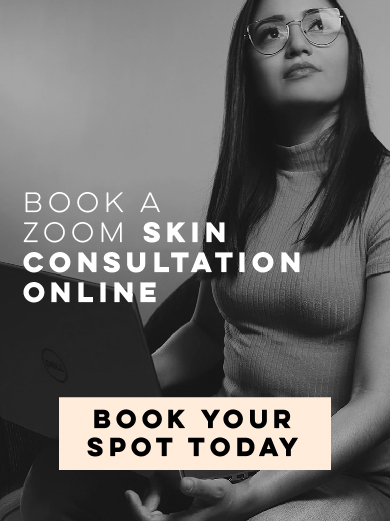

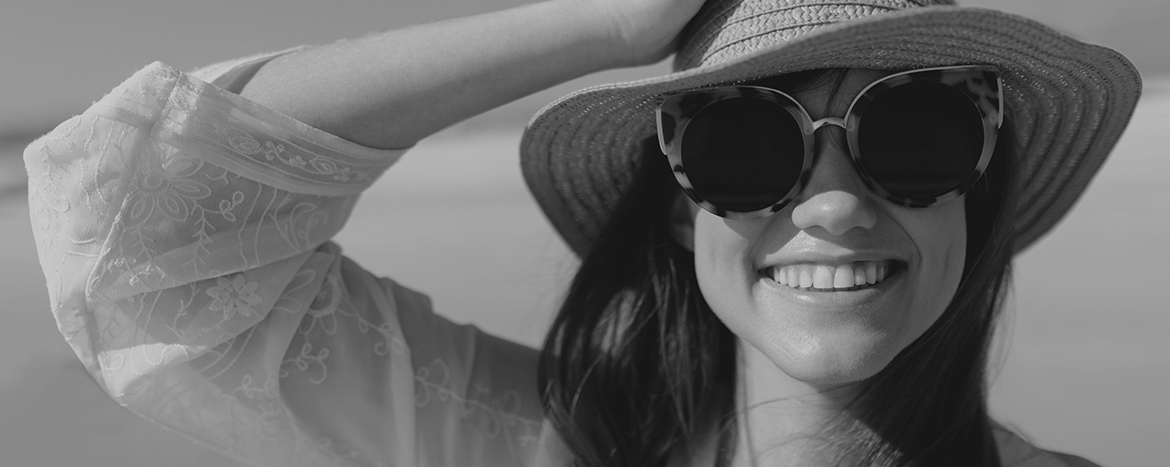
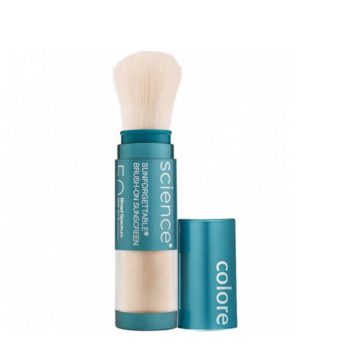
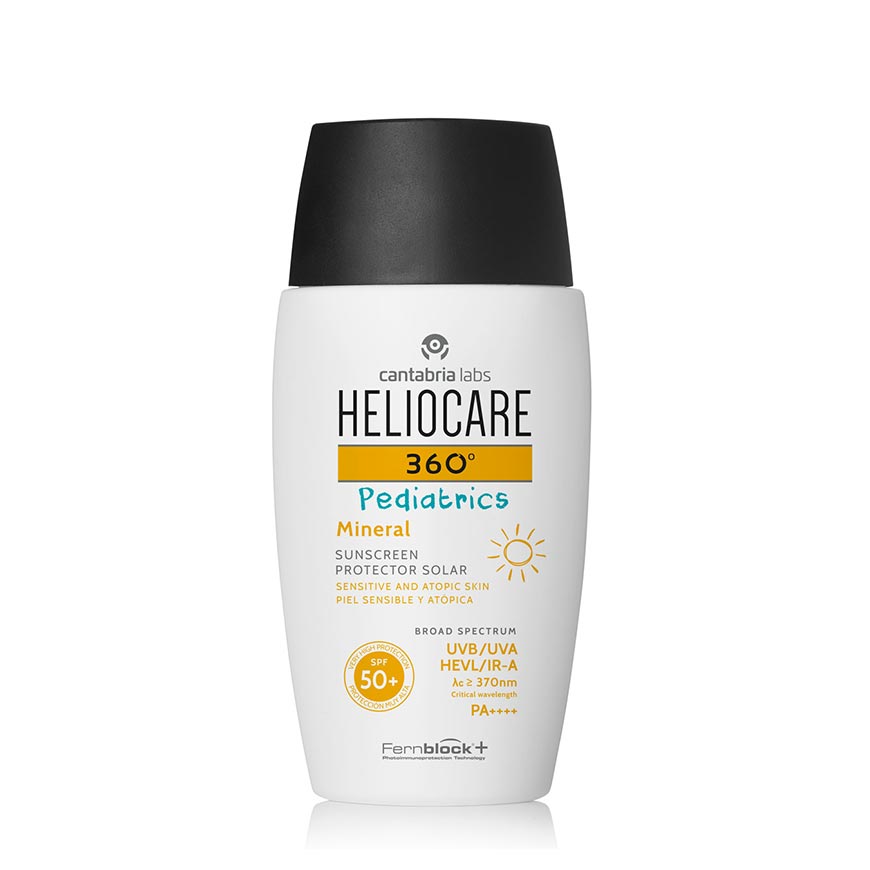
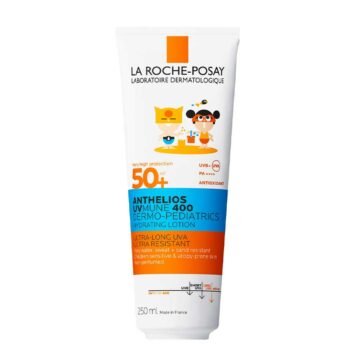
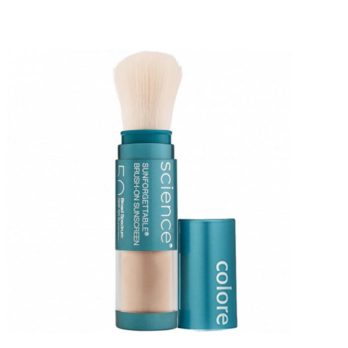
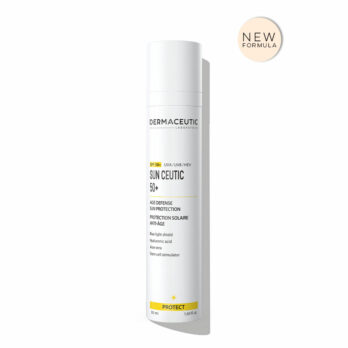
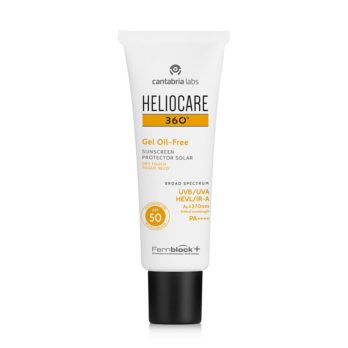
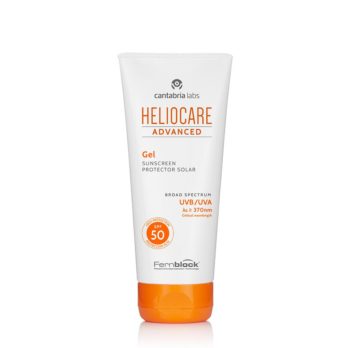
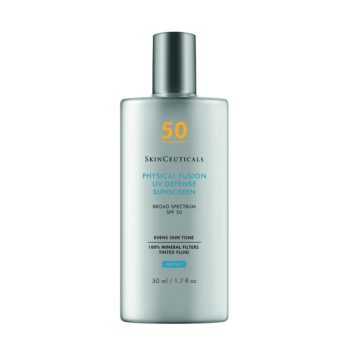
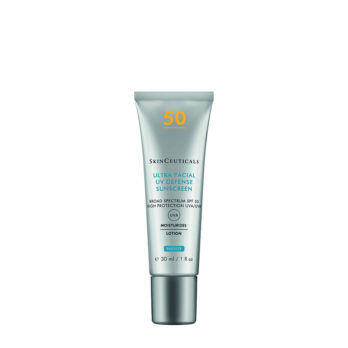
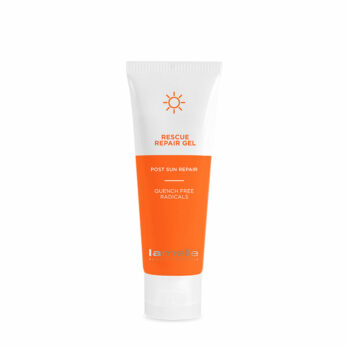
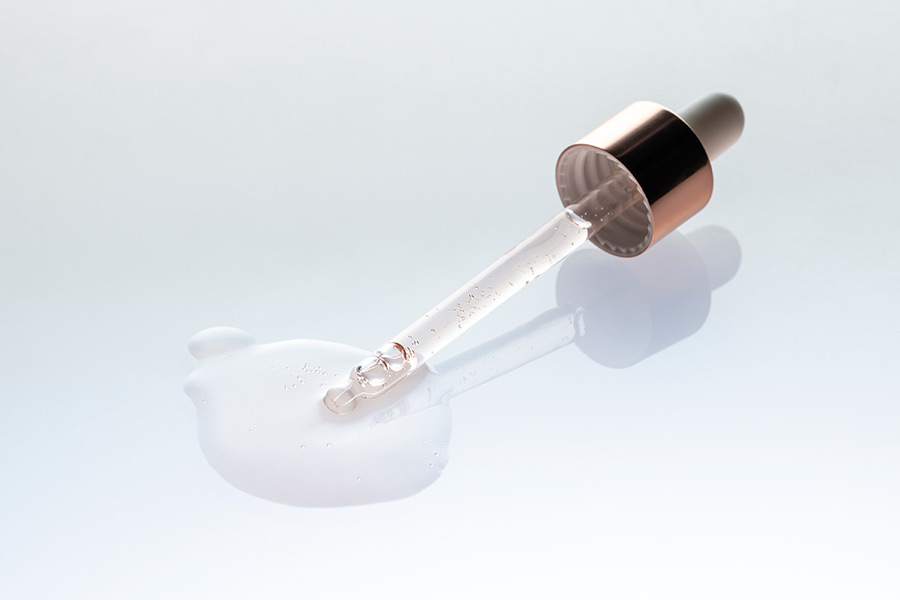
Dear Dr Alek and the SkinMiles Team,
Thank you so much for always educating us about our skin. I love your blog posts, products, and service. Keep up the excellent work!!!
SkinMiles is my only destination for all my skincare needs.
Best,
Eshcha Adams
Thank you Eshcha we appreciate the feedback and your support. We are so happy to hear that you are enjoying the SkinMiles experience. Kind regards Dr Alek and the SkinMiles Team.